Classic American roadside attractions that have disappeared
The mid-20th century marked the golden era of American roadside attractions, a time when travelers embarked on road trips across the country. These quirky stops were more than just a place to stretch your legs; they were destinations in their own right.
From giant dinosaurs to peculiar museums, these attractions added charm and whimsy to the American roads. Today, they serve as nostalgic reminders of a bygone era, drawing in enthusiasts and curious travelers alike.
The Birth of Roadside Wonders: A Brief History
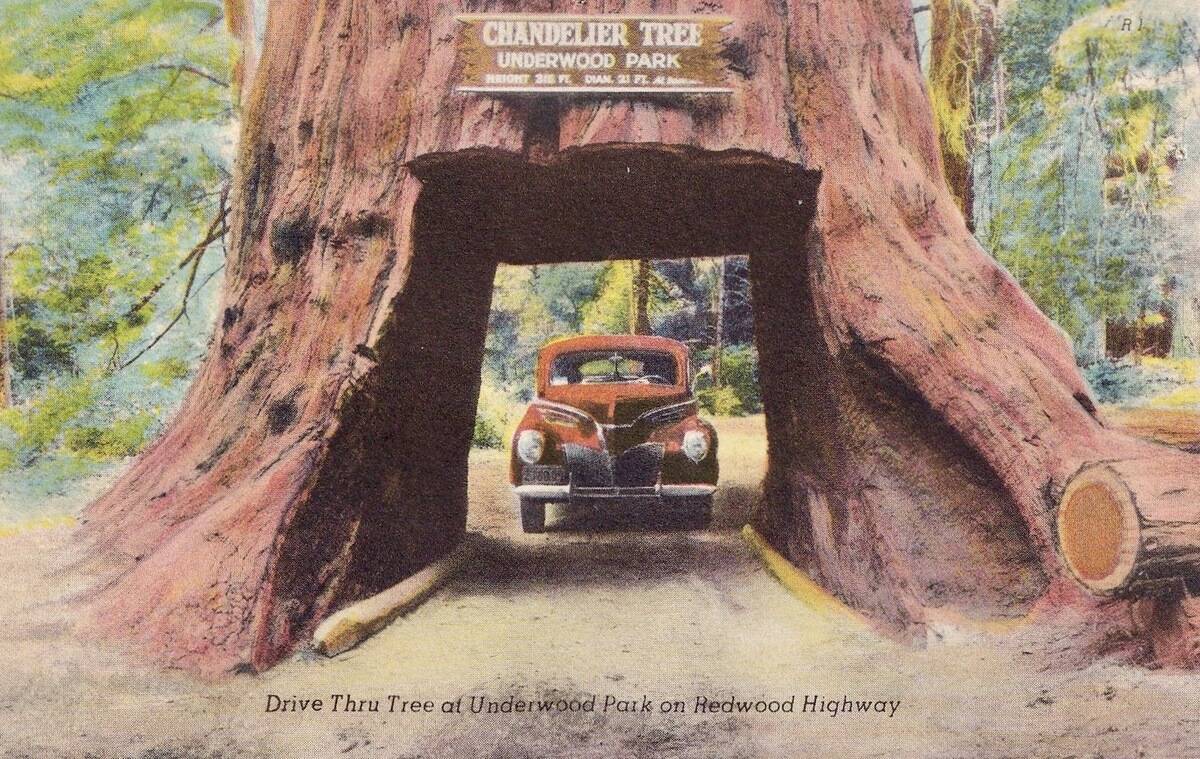
The concept of roadside attractions began in the early 1900s, with businesses trying to capture the attention of passing motorists. As cars became more affordable, road trips gained popularity, leading to a boom in roadside wonders. Entrepreneurs with a flair for the dramatic constructed eye-catching displays to entice travelers.
These attractions were often unique to their region, reflecting local culture and creativity, and became a quintessential part of the American travel experience.
The Rise and Fall of the Classic Diner

Classic diners, with their stainless steel exteriors and neon signs, once dotted the American highways. They emerged in the 1920s, offering affordable and quick meals for travelers. During the 1950s, diners reached their peak, becoming social hubs with jukeboxes and all-day breakfast menus.
However, the rise of fast-food chains led to their decline, as they couldn’t compete with the speed and consistency offered by these new competitors. Today, few classic diners remain, cherished for their nostalgic appeal.
Drive-In Theaters: From Popularity to Obscurity
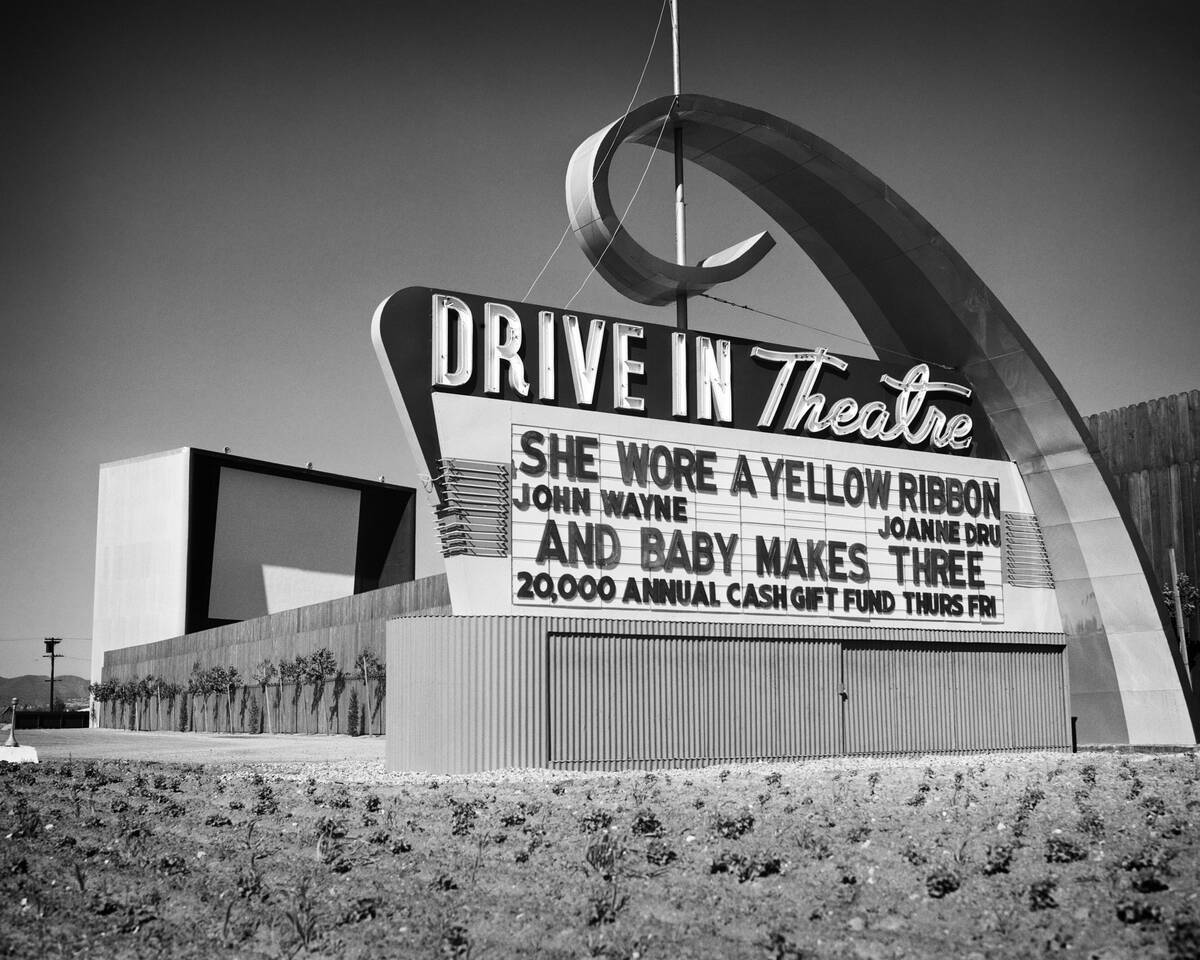
Drive-in theaters were a staple of American entertainment in the mid-20th century. The first drive-in opened in 1933 in Camden, New Jersey, and by the late 1950s, there were over 4,000 across the country.
They offered a unique movie-watching experience, where families could enjoy films from the comfort of their cars. However, with the advent of multiplex cinemas and home video, drive-ins faded into obscurity. A few have survived, catering to niche audiences seeking nostalgia and novelty.
The Quirky Charm of Muffler Men
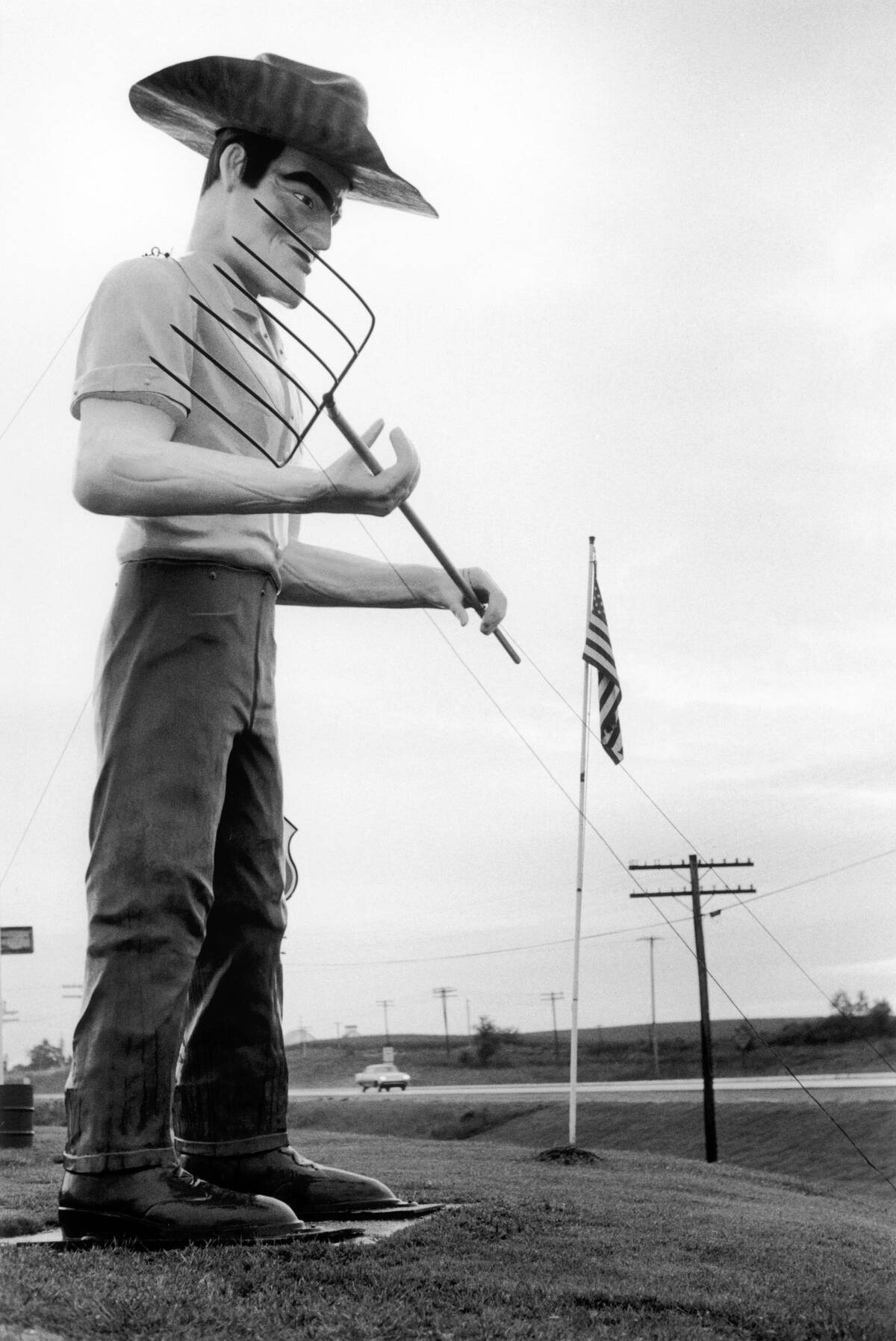
Muffler Men are towering fiberglass statues that first appeared in the 1960s, standing guard over various businesses along American highways. Originally designed to advertise auto repair shops, these giants were later customized to fit different themes, from cowboys to Paul Bunyan figures.
Their exaggerated features and imposing size made them impossible to miss, effectively drawing in curious motorists. Although many have been lost to time, the remaining Muffler Men continue to intrigue visitors with their quirky charm.
Mystery Spots: Optical Illusions and Optical Delusions
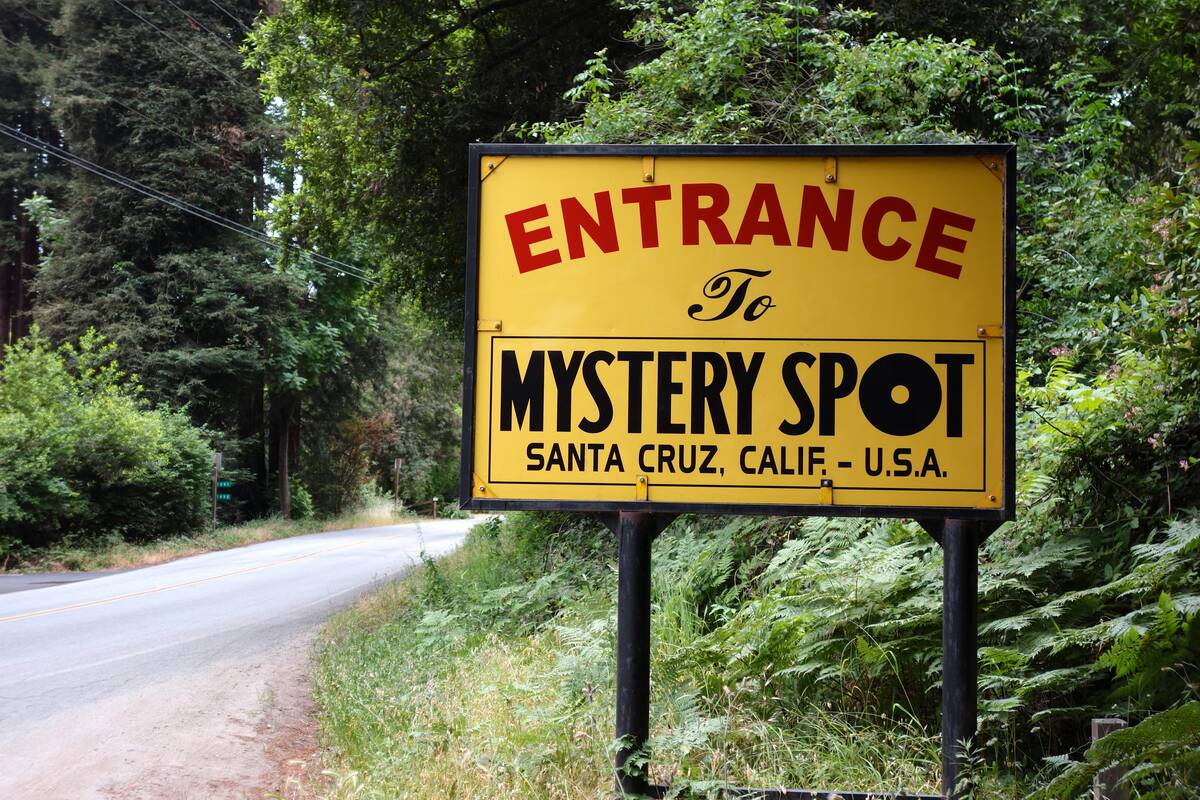
Mystery spots are unique attractions where the laws of physics seem to defy logic. The first mystery spot, aptly named “The Mystery Spot,” opened in Santa Cruz, California, in 1941. These sites feature bizarre occurrences like balls rolling uphill and people appearing to change height.
While often attributed to optical illusions, they captivated visitors with their mysterious allure. Despite being debunked by science, mystery spots remain popular, offering a fun and puzzling experience for all who visit.
The Great American Giant: Larger-Than-Life Statues
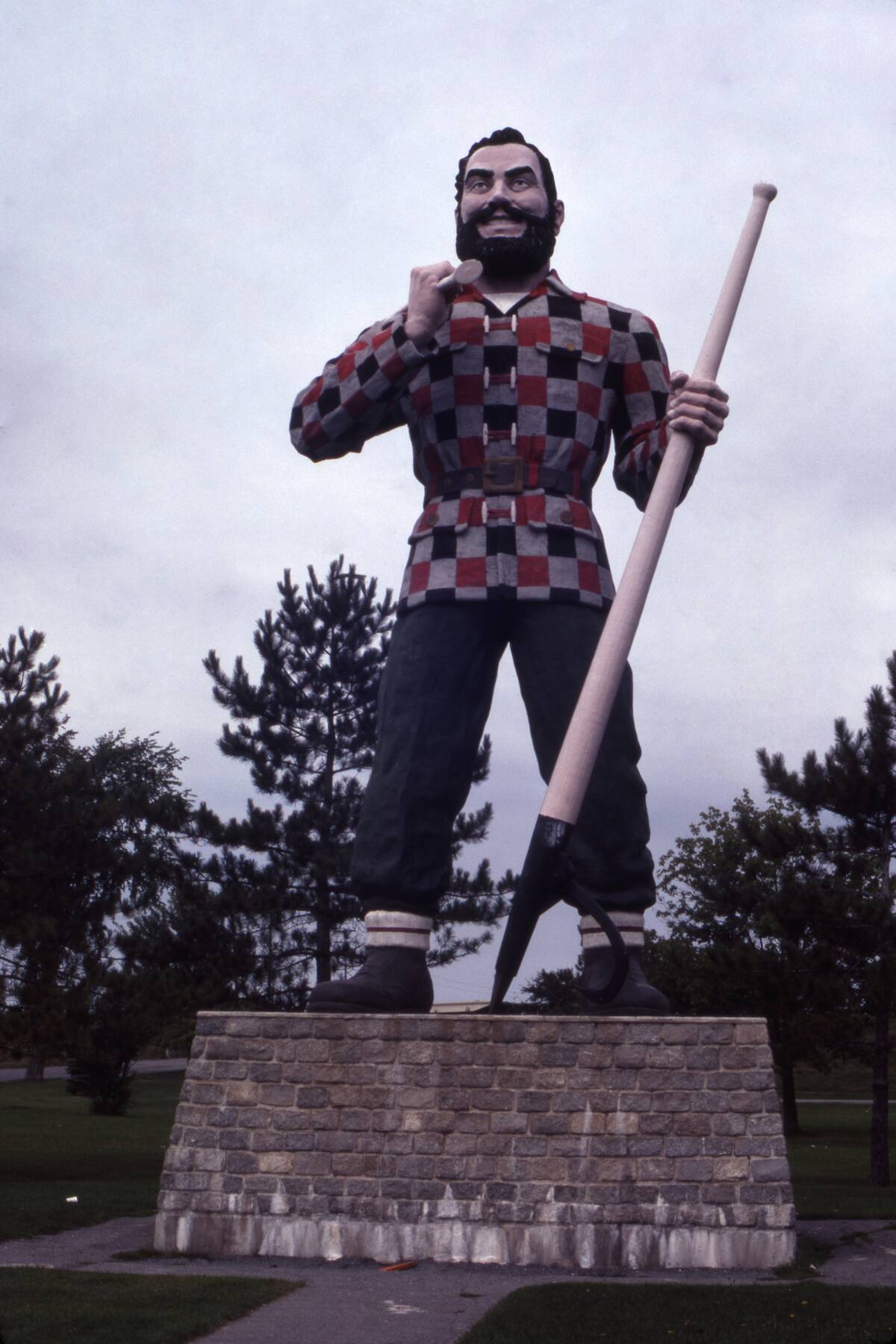
Larger-than-life statues became a hallmark of roadside attractions, capturing the imagination of travelers with their sheer size. From the world’s largest ball of twine in Cawker City, Kansas, to the towering statue of the Jolly Green Giant in Blue Earth, Minnesota, these colossal creations are testaments to human creativity and ambition.
While some were built to promote local industries or legends, others were simply meant to catch the eye. Today, they stand as iconic symbols of Americana.
The Colorful World of Roadside Zoos
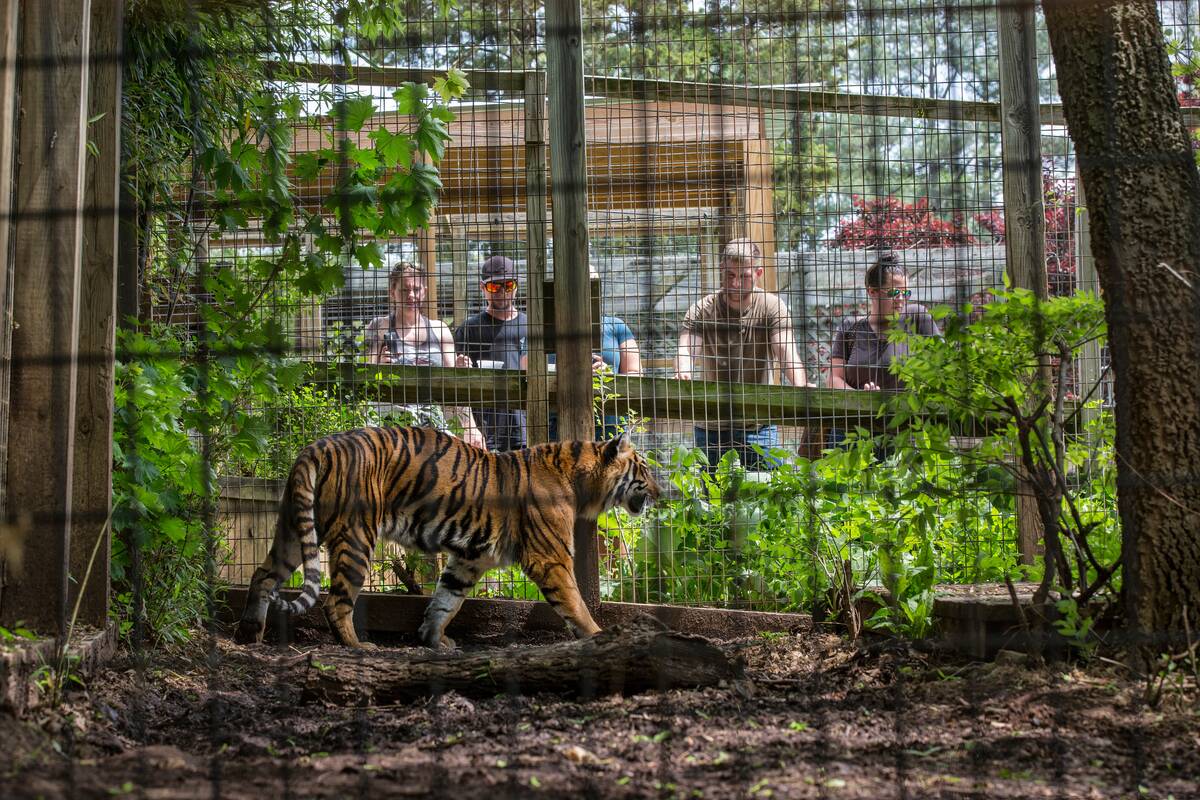
Roadside zoos emerged in the early 20th century, offering travelers a chance to see exotic animals up close. Unlike traditional zoos, these attractions were often small and privately owned, with varying standards for animal care.
Despite criticisms and controversies, roadside zoos attracted visitors with their promise of adventure and excitement. In recent years, stricter regulations and increased awareness of animal welfare have led to their decline, but a few still operate, enchanting visitors with their eclectic collections.
Neon Dreams: The Disappearance of Iconic Neon Signs
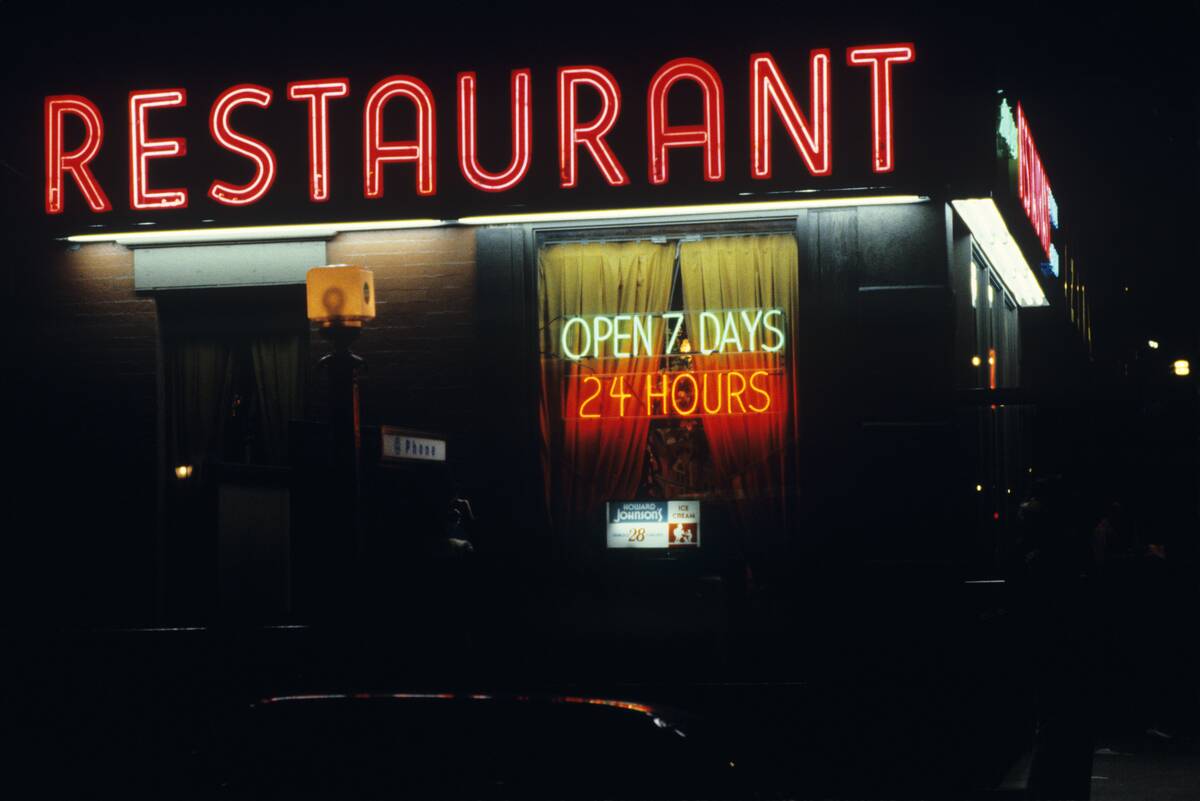
Neon signs once illuminated the American highways, guiding travelers to motels, diners, and attractions with their vibrant glow. Introduced in the 1920s, neon quickly became a symbol of modernity and excitement.
By the 1960s, neon signs were ubiquitous, but their popularity waned as cheaper and more energy-efficient alternatives, like LED, emerged. Today, vintage neon signs are prized by collectors and enthusiasts, and efforts to preserve them highlight their cultural and historical significance.
The Vanishing World of Wigwam Motels
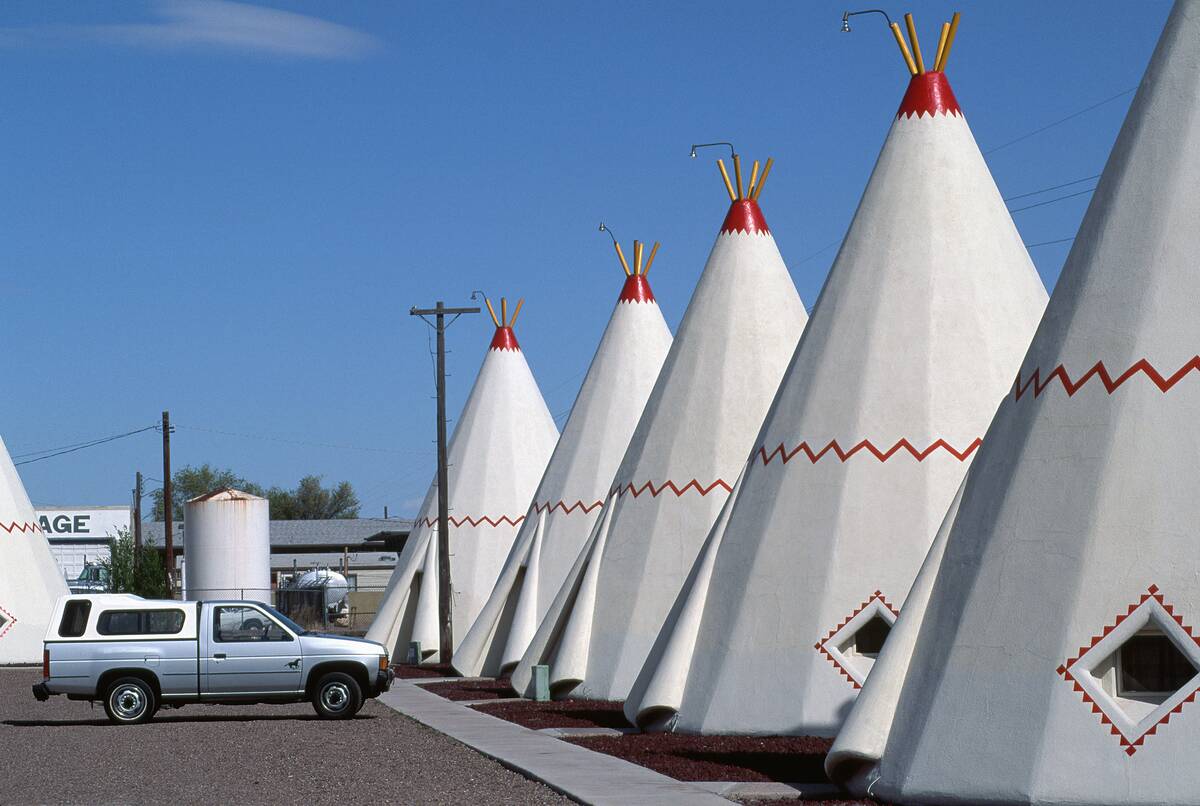
Wigwam Motels, with their distinctive teepee-shaped rooms, offered a unique lodging experience for travelers in the mid-20th century. The first of these motels opened in the 1930s, and they quickly became popular for their novelty and affordability.
By the 1950s, there were seven Wigwam Motels across the United States. However, the rise of chain hotels and changing travel habits led to their decline. Only a few remain today, cherished for their whimsical design and nostalgic appeal.
The Peculiar Appeal of Reptile Farms
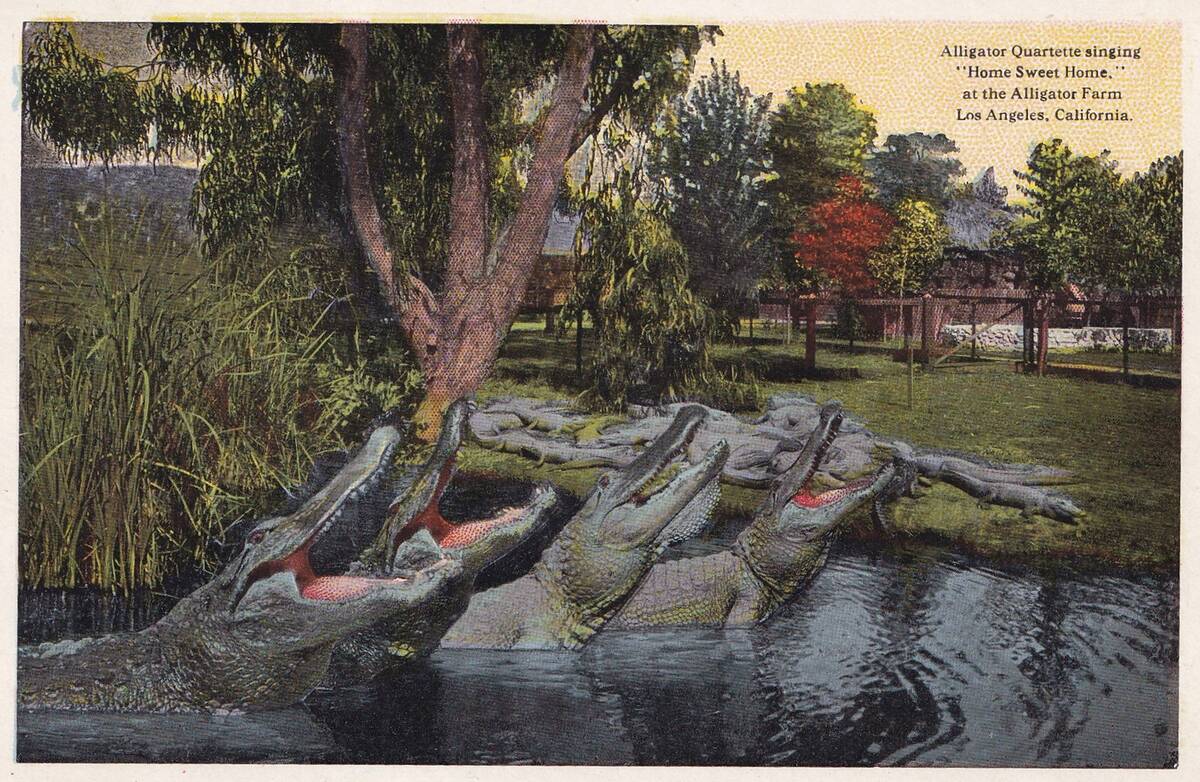
Reptile farms were a curious fixture along American highways, offering travelers a glimpse into the world of scaly creatures. These attractions often featured alligators, snakes, and turtles, drawing visitors with promises of thrilling encounters.
The St. Augustine Alligator Farm Zoological Park, founded in 1893, is one of the oldest and still operates today. While some reptile farms faced criticism over animal welfare, they remain intriguing stops for those fascinated by reptiles and their mysterious allure.
Ghost Towns: Once Bustling, Now Forgotten
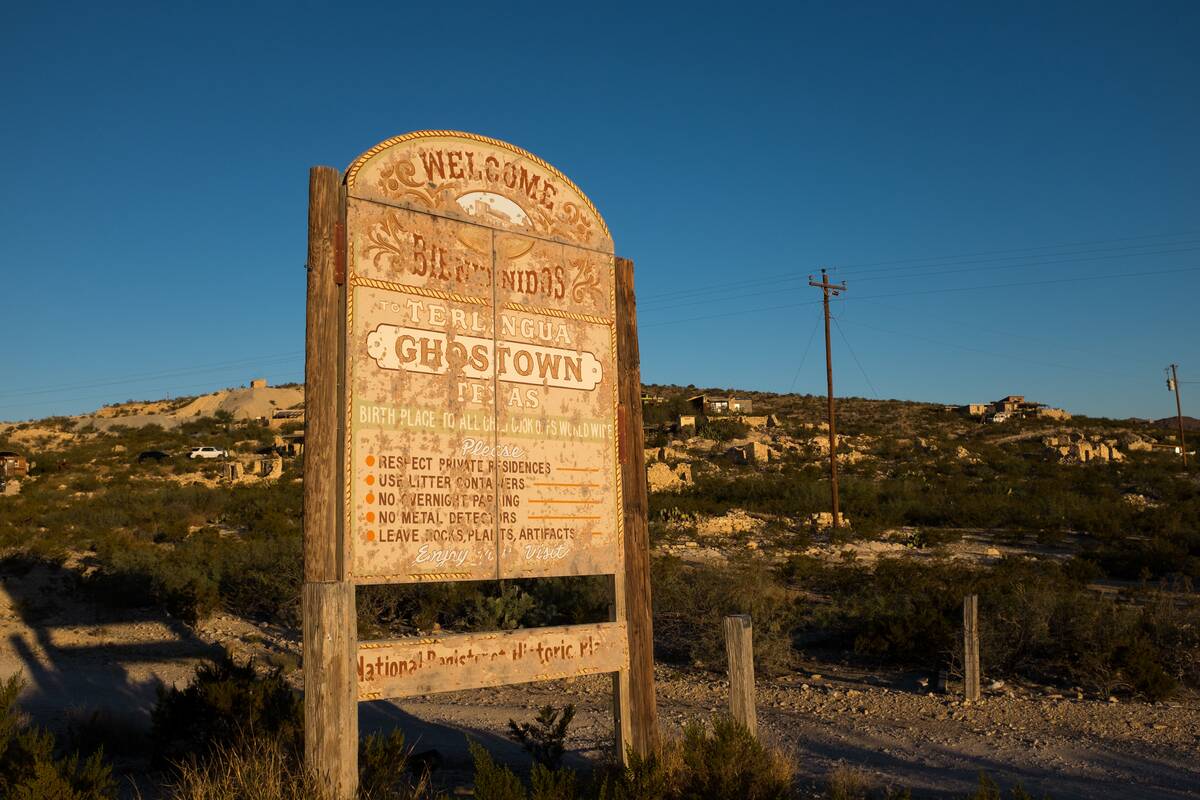
Ghost towns are remnants of once-thriving communities that have been abandoned over time. These towns, often founded during mining booms, were deserted when resources were depleted. Sites like Bodie, California, and Rhyolite, Nevada, offer eerie glimpses into the past, with preserved buildings and artifacts.
While some ghost towns are maintained as tourist attractions, others are left to the elements. They serve as haunting reminders of the transient nature of human endeavors and the passage of time.
The Last of the Roadside Museums
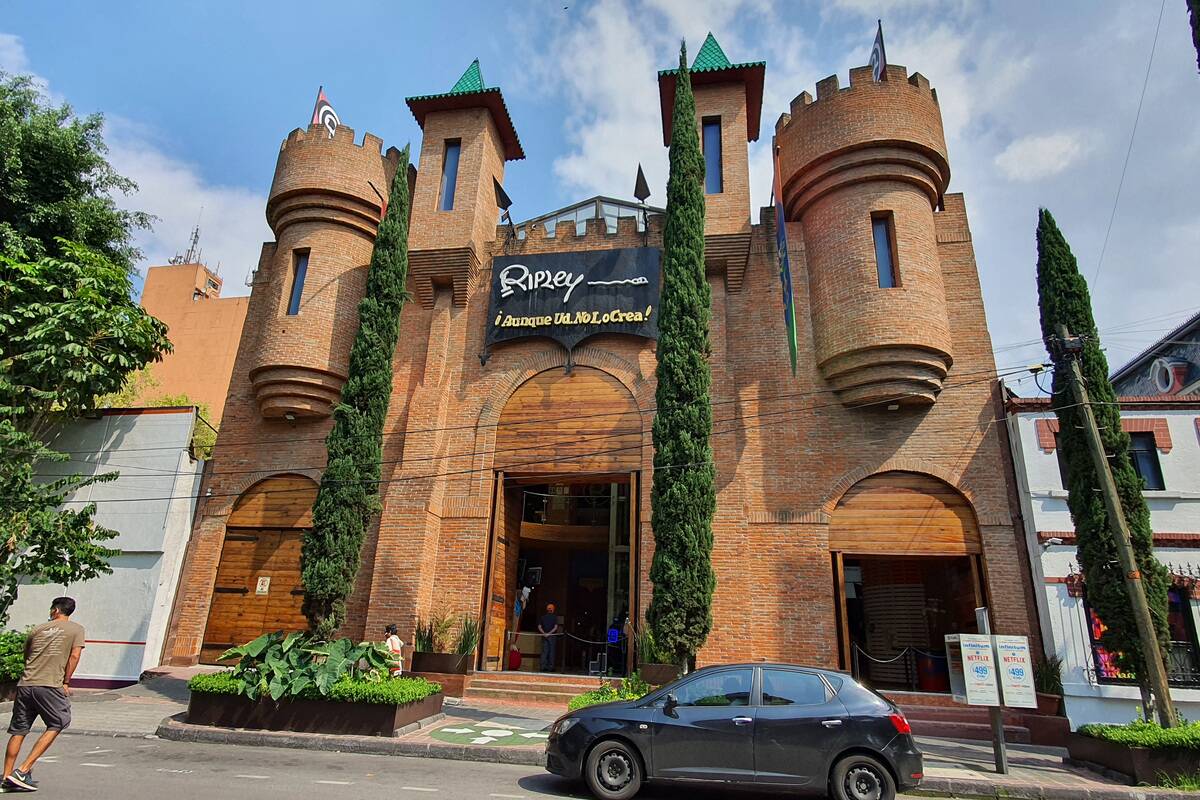
Roadside museums were once a popular stop for travelers, offering collections of oddities and curiosities. These museums showcased everything from shrunken heads to rare fossils, capturing the imagination of visitors with their eclectic displays.
While many have disappeared, a few, like the Museum of the Weird in Austin, Texas, still thrive. These museums provide a glimpse into the quirky and unusual, preserving the spirit of adventure that defined the golden era of roadside attractions.
The Decline of Amusement Parks on the Road
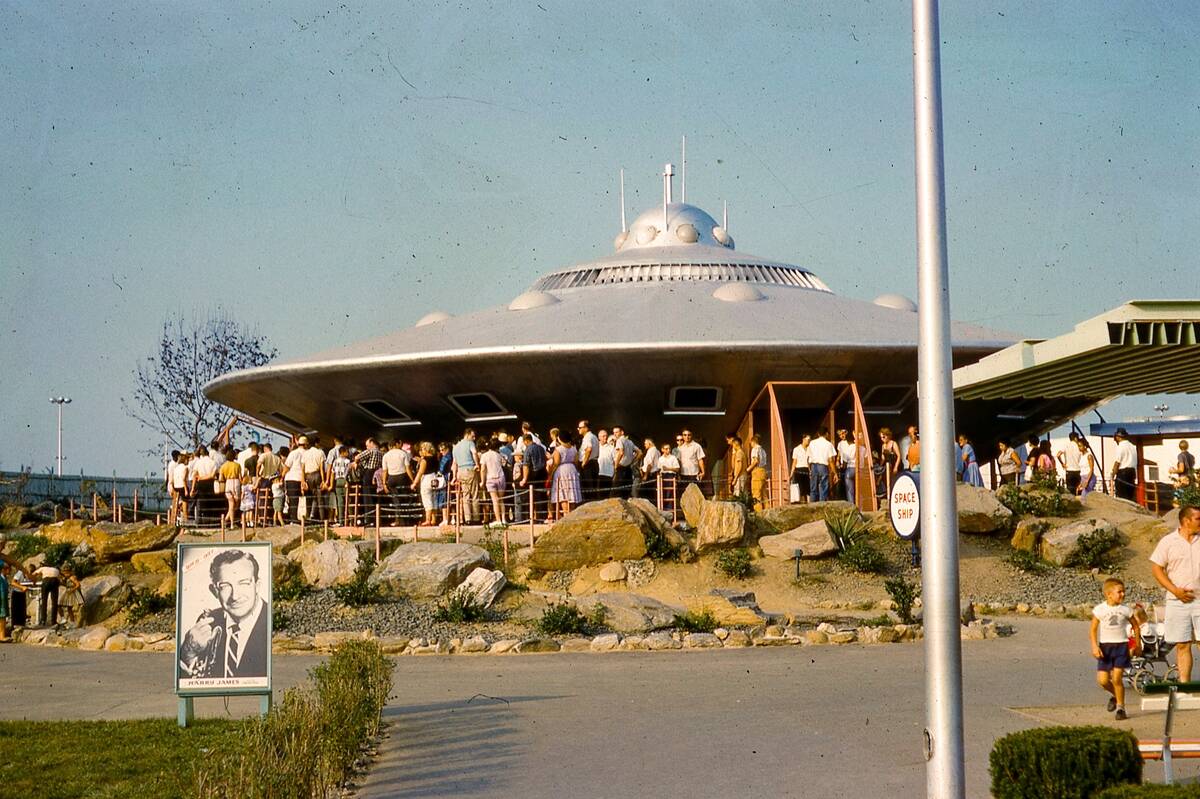
Amusement parks once dotted the American highways, providing thrills and entertainment for road-weary travelers. These parks ranged from modest carnivals to elaborate theme parks, offering rides, games, and attractions for all ages.
However, the rise of destination theme parks like Disneyland and Six Flags led to the decline of smaller roadside parks. Despite this, a few have endured, offering a nostalgic experience for those seeking simpler pleasures and a taste of classic Americana.
Souvenir Stands: The Lost Art of Kitschy Keepsakes
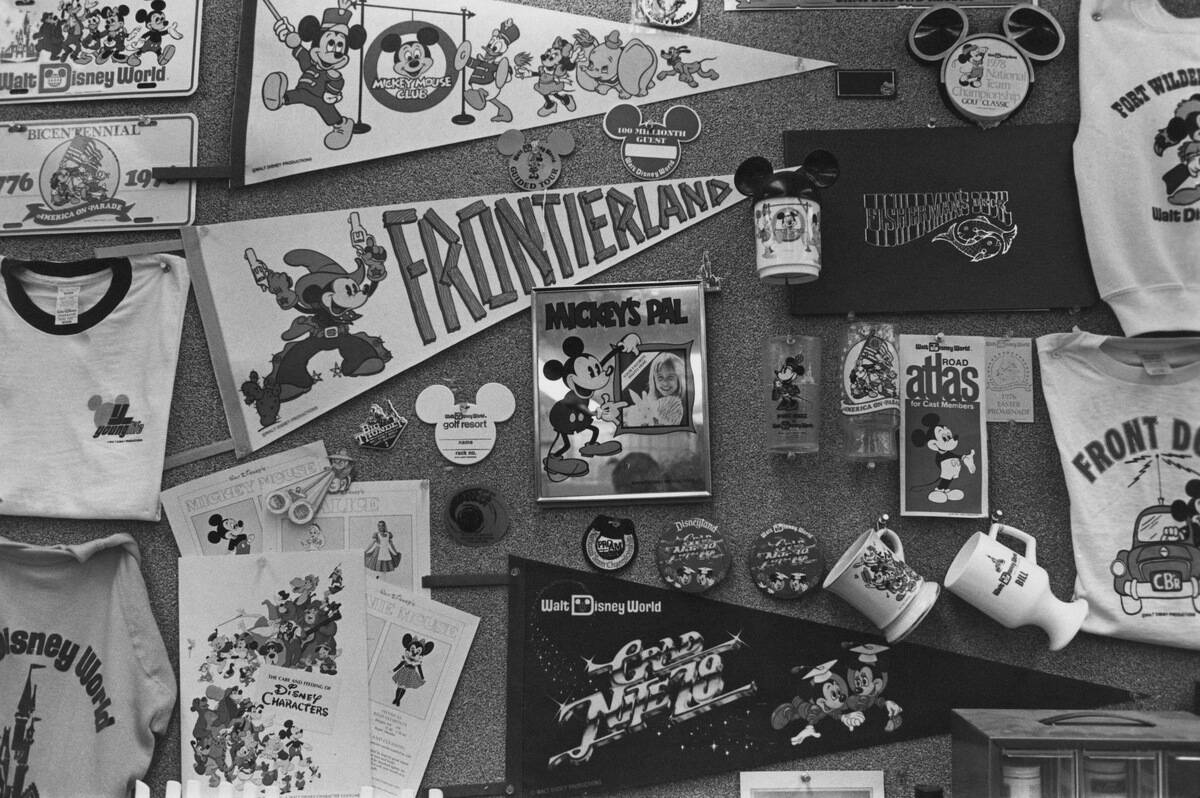
Souvenir stands were a staple of roadside attractions, offering travelers a chance to bring home a piece of their journey. These stands sold everything from snow globes to novelty postcards, often with a kitschy twist.
As travel habits changed, many souvenir stands disappeared, unable to compete with larger retail stores and online shopping. Yet, those that remain continue to charm visitors with their quirky merchandise, serving as a reminder of the joy of collecting mementos from the road.
The Forgotten Era of Tourist Traps
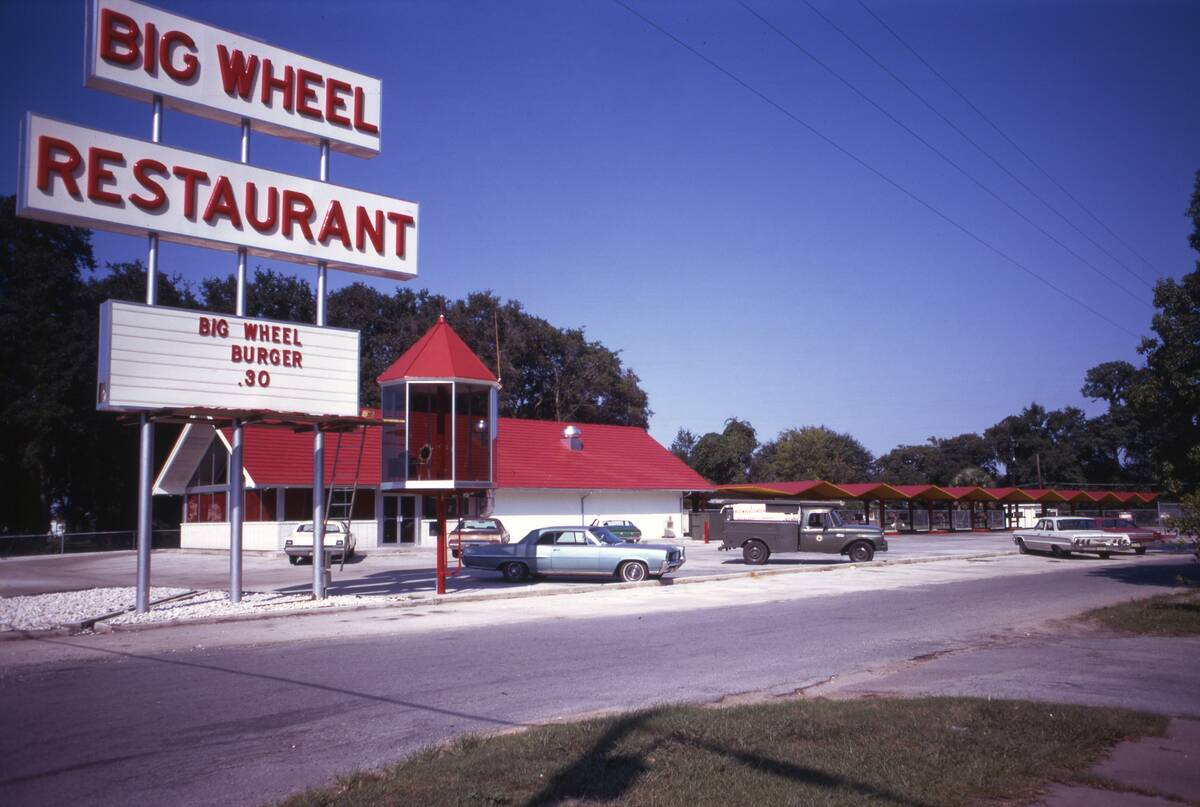
Tourist traps, often characterized by their kitschy charm and questionable attractions, were once a ubiquitous part of the American road trip. These stops promised unique experiences but often delivered overpriced goods and underwhelming sights.
Despite their reputation, they drew in curious travelers eager for adventure. Over time, changing travel trends and consumer expectations led to their decline. Today, these quirky spots are regarded with a sense of nostalgia, celebrated for their role in the history of American travel.
The Legacy of Roadside Attractions: What Remains
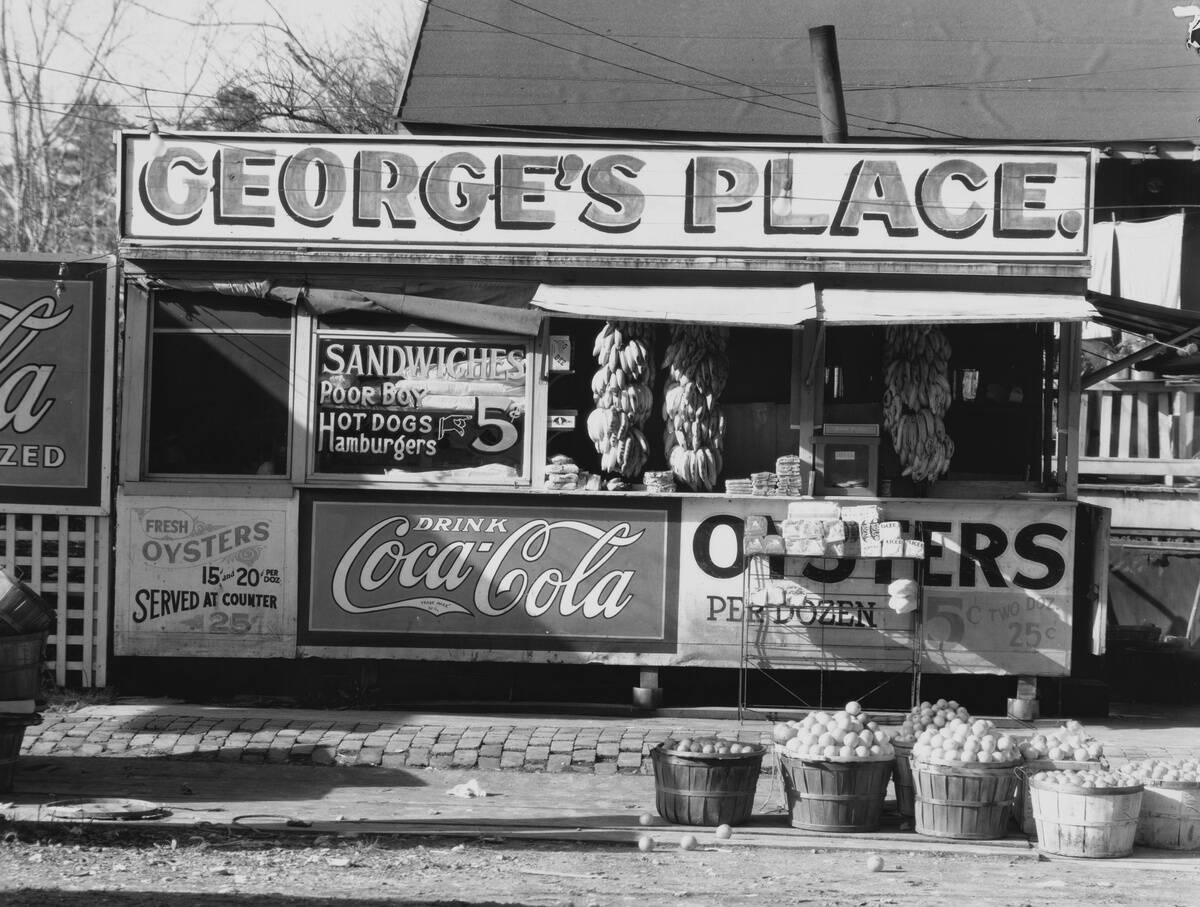
While many classic roadside attractions have faded into memory, their legacy endures in the heart of American culture. They represent a time of exploration and adventure, when the journey was as important as the destination.
Today, preservation efforts and renewed interest in vintage Americana have sparked a revival of some attractions. Whether through restored neon signs or refurbished diners, roadside attractions continue to captivate new generations, reminding us of the simple joys found along the highway.



